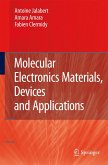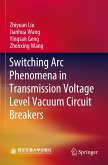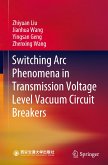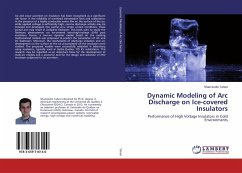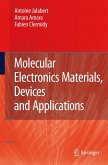Although the electric arc is perhaps the oldest field in elec tronics, it is still one of the least well understood. The beautiful and complex phenomena accompanying the conduction of electricity in gases have led to the development of spectroscopy (and thus of atomic structure and quantum theory), discovery of isotopes, of the electron itself, of X-rays and thus to Moseley's discovery of atomic number, to the discovery of electron emission, and thus to modern electronic technology as well as to much of modern physics. The properties of the plasma state of matter, which until relatively recently could be produced only by the passage of electricity through a gas, have helped explain many natural phenomena ranging from lightning, the aurora, and the ionosphere to solar, stellar, and mushroom-cloud physics. Many plasma devices, such as neon signs, sodium and mercury lamps, thyratrons, ignitrons, and mer cury pool rectifiers, have been with us for decades, and more are still being invented. To name but a few recent ones, we have plasma torches, plasma propulsion devices for space flight, and magnetohydrodynamic generators. Solving the problem of contain ing a high -energy plasma would lead to controlled energy generation by nuclear fusion. Plasma physics is thus more vigorous than ever in spite of its venerable old age. Kesaev's book is concerned in its entirety with one of the least satisfactorily understood aspects of the relation of a plasma to the electrodes bounding and maintaining it.



